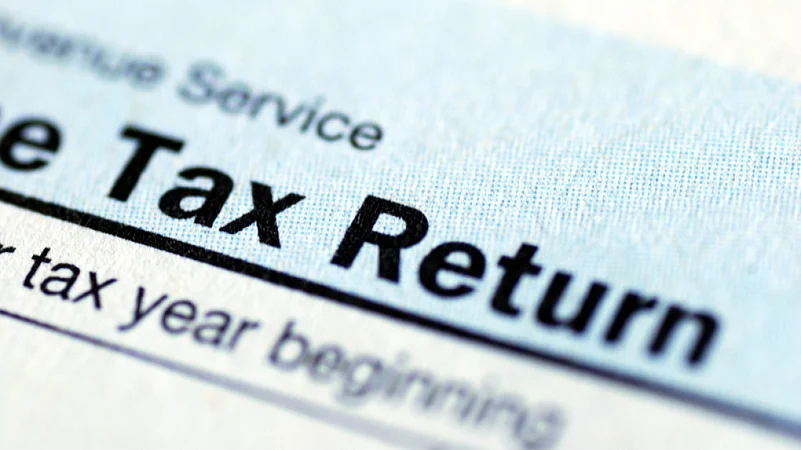The income tax department on May 31, 2023 made the ITR-2 form available online. This follows the release of ITR-1 and ITR-4 earlier on May 20, 2023 by the income tax department. With the three forms being made available online, taxpayers will now be allowed to file their returns through the official website of the income tax department with pre-filled data.
Individual taxpayers can now conveniently submit their income information for the financial year spanning April 1, 2022 to March 31, 2023.
Purpose of Income Tax Return (ITR) Form
The income tax return (ITR) form serves as a means to report an individual’s income and the corresponding taxes payable to the income tax department during a financial year.
It is mandatory for anyone earning more than Rs. 2.5 lakh to file an ITR. Regardless of age, if an individual opts for the new tax regime, the basic exemption limit remains at Rs. 2.5 lakh.
The income tax department offers seven types of ITR forms, with their applicability determined by the nature of income, income amount, and the taxpayer’s category. It is important for individuals to select the correct form based on their specific circumstances.
ITR-2 Online Forms
This online mode offers the added convenience of pre-filled data, thus streamlining the filing process for individuals.
In addition to the online forms, the income tax department has released the offline version of ITR-2 for the financial year 2022-23 (AY 2023-24).
Taxpayers opting for the offline mode must download the Excel utility, fill in the necessary information manually, and then upload the form on the website for electronic filing.
It is important to note that once the ITR is submitted (either in offline or online mode), the taxpayer has to e-verify it or else the ITR will not be taken up for processing by the income tax department, unless it is verified by the taxpayer. The stipulated time limit is 30 days from submission.
Eligibility for Filing ITR-2
ITR-2 is specifically designed for individuals and Hindu Undivided Families (HUFs) who don’t qualify for ITR-1 (Sahaj). ITR-1 is for resident individuals with total income from salary or one property up to Rs. 50 lakh. However, if you have other sources of income, excluding lotteries and horse bets, you can opt for ITR-1. Agricultural income up to Rs. 5,000 also falls under ITR-1.
ITR-2 is to be filed by those who don’t have income from business or profession, including interest, salary, bonus, commission, or remuneration received from a partnership firm. Additionally, you are not eligible to file ITR-2, if you have the income of another person (like your spouse or minor child) to be clubbed with your income, or if any income is to be clubbed under the aforementioned categories.
Salaried individuals often require Form 16, which is a certificate of tax deduction at source (TDS), issued by their employers to file ITR easily. Employers should provide Form 16 to their employees by June 15.
Precautions For Filing ITR
To ensure a smooth filing process and prompt refunds, taxpayers must take certain precautions, such as linking Aadhaar and PAN, pre-validating their bank accounts for refund receipts, choosing the correct ITR form, filing within the specified timelines, and verifying the return through the recommended e-Verification process.
Filing Deadlines
The Central Board of Direct Taxes (CBDT) had announced the ITR forms for the current year in February 2023, and the filing process for the income tax return of FY 2022-23 (AY 2023-24) is now underway. Salaried individuals and those whose accounts do not require auditing must file their ITRs by July 31, 2023, unless an extension is granted by the government.














